These are various finds of statuettes, at various stages of processing, depicting "mother goddesses" in different positions and in the round, found in the place of production, which is why the site, Structure 15 of the residential area of Female Morta, was nicknamed as “atelier delle veneri”.
Among the various finds, the most complete is about 4 cm. in height, it represents the lower part (between the belly and the legs) of a female statuette in a seated position, with deep furrows between the protruding buttocks while on the front side a triangle to identify the vulva; the body is engraved with some dashed signs, perhaps to indicate the folds of a dress. The upper part of the bust is missing, small protrusions above the belly are hinted at, probably indicating the breasts.
Among the other specimens found, it is worth mentioning an all-round buttock with leg and a seated figure with legs backwards which refers to the typical iconographic scheme of the "mother goddess" of the Maltese Neolithic from the temple of Hagar Qim. Other finds are a clay bench, perhaps used as a support stool, a green stone pendant and a pintadera.
What has been able to certify is that the Neolithic attendance of the Dead Female site is due to the exploitation of the rich clay vein present on site: numerous production structures have been found suitable for the extraction, settling of the clays and their processing in large open surfaces, as well as 16 combustion pits. The site was specialized in the production of pottery used for ceremonies (often zoomorphic) and female statuettes, the expression of a cult linked to the rites of life, death and rebirth, as witnessed in most of the Mediterranean civilizations.
The importance of the find, beyond the characteristics of the finds, is that of having identified a place of processing and production of objects related to the cult, a large circular platform in minute cobblestone, where it was possible to identify the processing techniques used in the Neolithic for the creation of clay figurines; in particular, the tools for the various stages of processing were found which consisted in shaping the individual parts of the body and then assembling them together to form the entire statuette.
In-depth studies of the area have made it possible to ascertain that the same was occasionally frequented, probably in the summer period, when the climatic conditions favored the working of the clay; it is positioned near the Vulgano torrent, along a hill perpetually affected by the winds, at about 415 meters above sea level. The climatic conditions of the site allowed only temporary stops of limited duration, therefore, in addition to the ceramic processing and production area, a few oval-shaped shelter structures with a recessed bottom and a tomb of a young man of about 8-9 years were found ( the young age did not allow the identification of the sex), died of malnutrition and buried in a silo for the treatment of foodstuffs no longer used for the purpose. Next to the body of the deceased young man, dated to the XNUMXth millennium BC, a canid head placed near the feet and a flint tool placed on the chest were found.
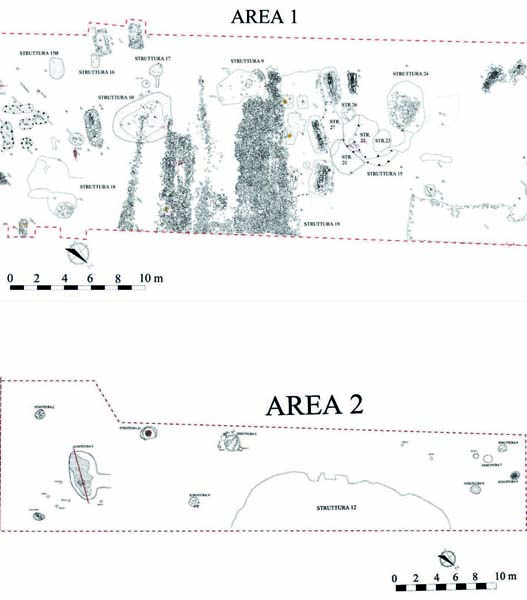
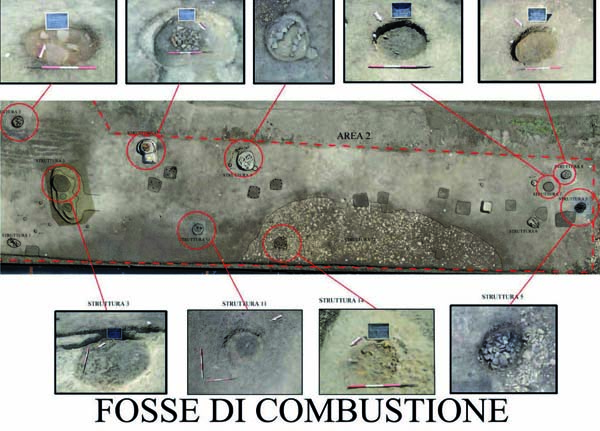
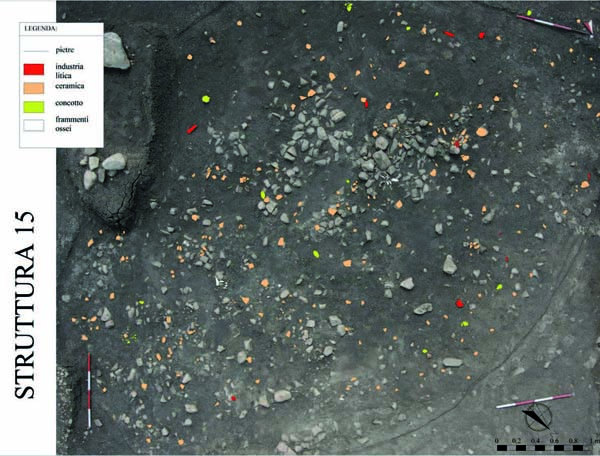
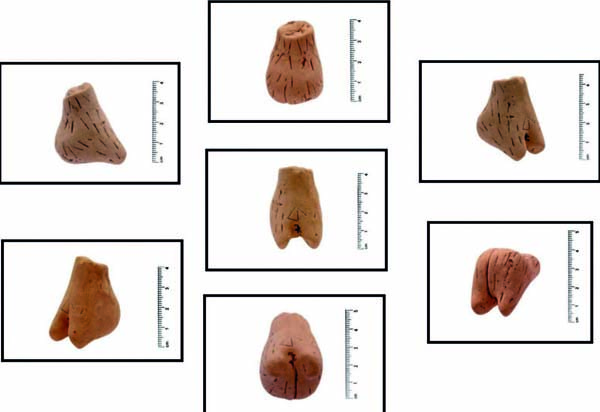
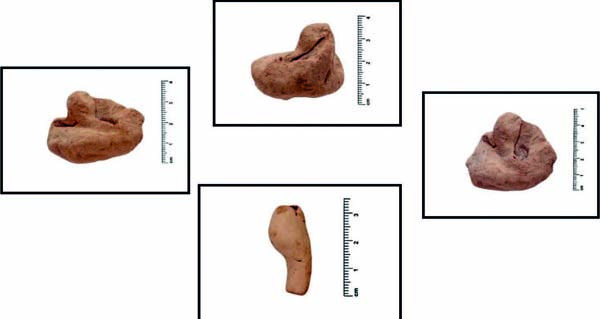
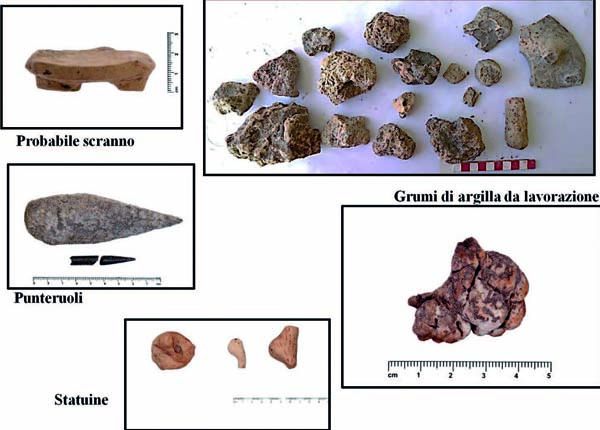
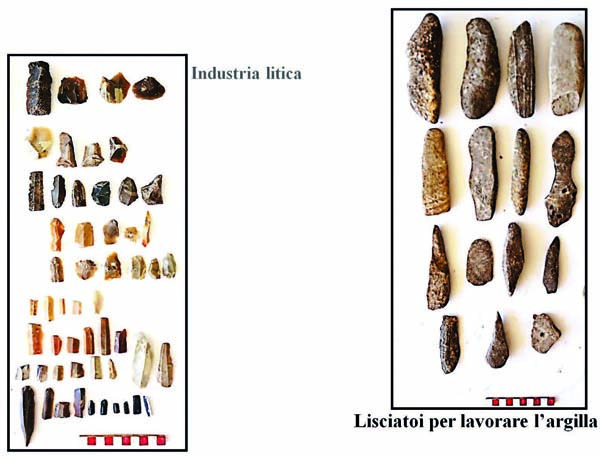
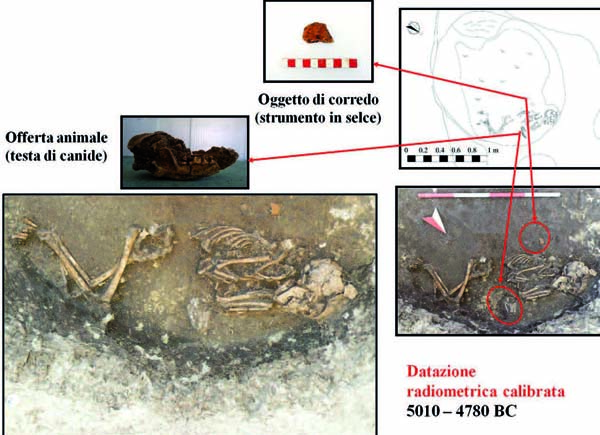
Historical notes
The Neolithic site of Maschio Morta was identified during the preventive archeology surveys carried out by the Superintendency on the occasion of the opening of construction sites linked to wind power and methane pipelines which took place between 2012 and 2015.
CARD
LATEST PUBLISHED TEXTS
VISIT THE FACTSHEETS BY OBJECT

